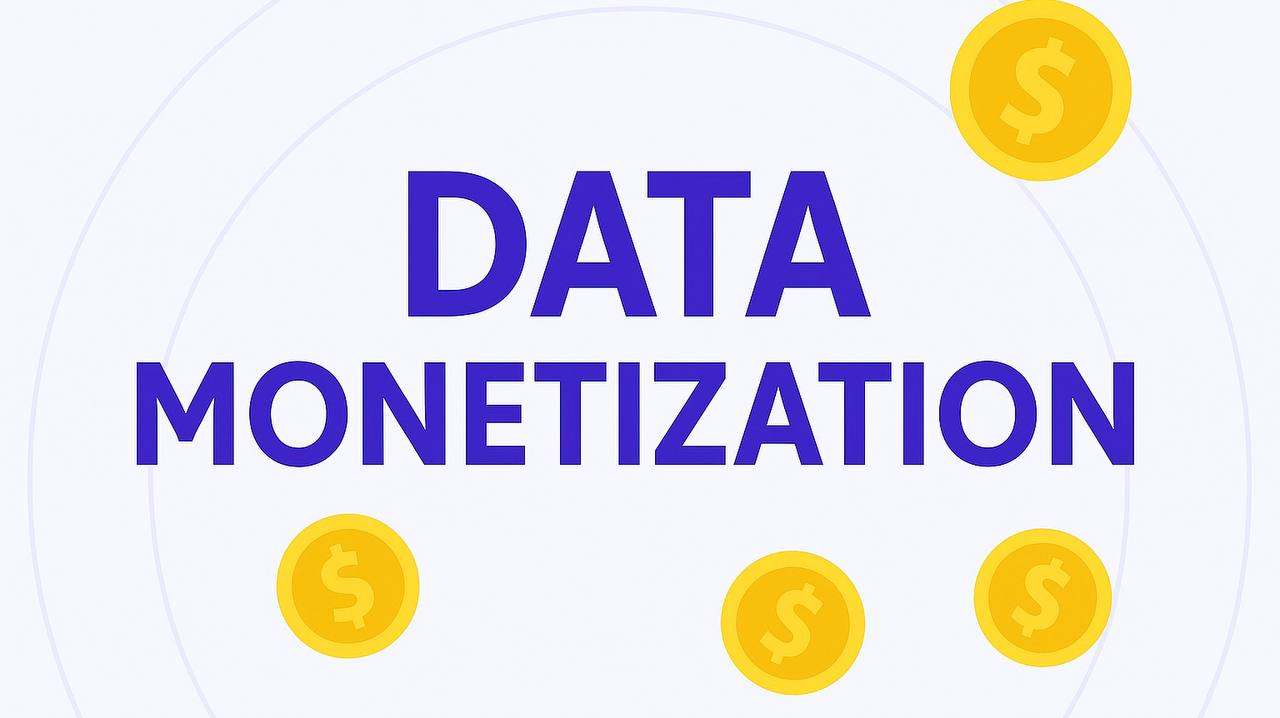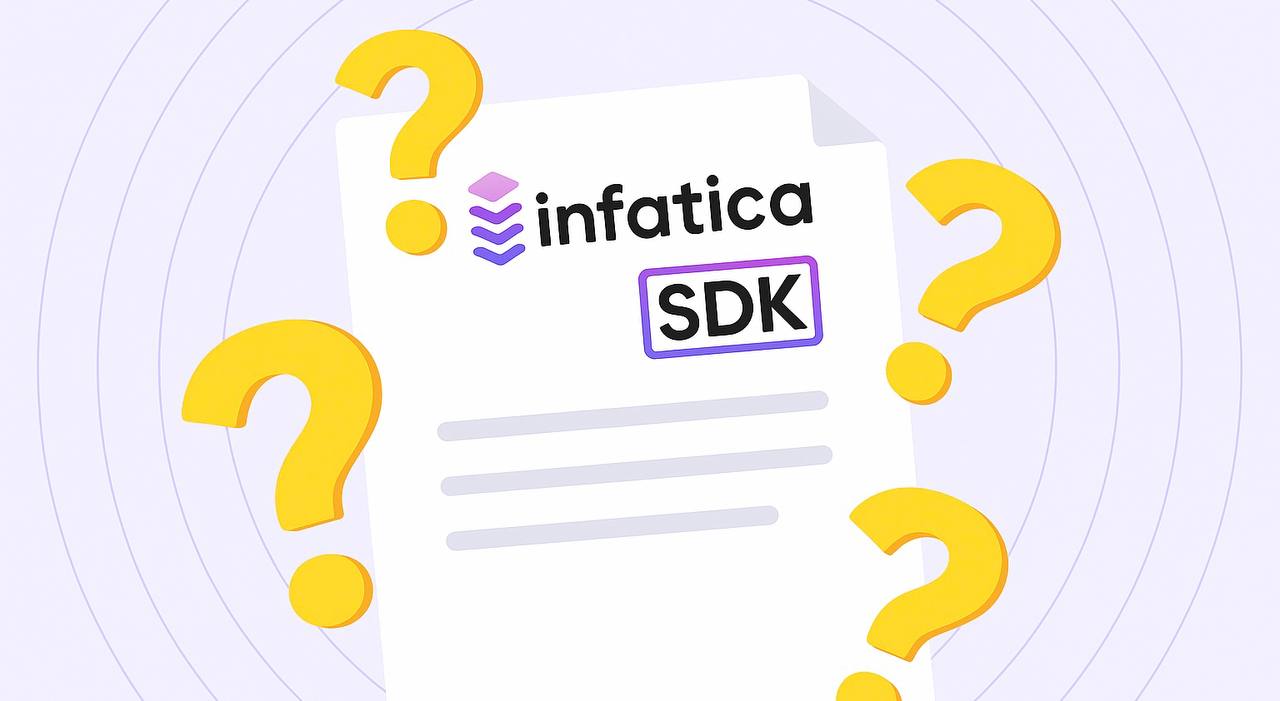In the current landscape of app monetization, ethical data monetization emerges as a sustainable alternative to intrusive advertising and opaque data resale. As developers seek diversified revenue channels amidst tightening platform policies and user expectations for privacy, the peer-to-business (P2B) model implemented by Infatica SDK provides a compliant and transparent method to monetize idle system resources.
The Landscape: From Grey Markets to Compliance-Driven Monetization
Many existing monetization frameworks rely on selling behavioral data through unregulated data exchanges or proxy resellers. These models often operate without informed consent, offer limited transparency, and pose a reputational and regulatory risk. Despite being profitable in the short term, such methods increasingly face scrutiny from app stores, privacy regulators, and end-users.
Ethical monetization, by contrast, focuses on minimal data collection, explicit user opt-in, predictable payouts, and infrastructure-level resource sharing, such as idle bandwidth. This aligns with GDPR/CCPA frameworks and is increasingly favored by platforms like Google Play and the App Store.
AppsFlyer’s 2025 industry forecast suggests that hybrid monetization models—those combining ads, subscriptions, and passive SDK monetization—will drive the majority of growth, especially in non-gaming segments. ARPDAU and LTV are projected to increase by over 20% in apps adopting passive income SDKs in combination with traditional monetization methods.
Integration Methodology: From Evaluation to Scale
Integrating an ethical monetization SDK such as Infatica follows a structured lifecycle, beginning with the assessment of audience characteristics, geography, and user behavior. Developers must evaluate their user base in terms of daily activity, retention, and openness to opt-in data usage.
Model selection should prioritize solutions that preserve UX integrity, minimize battery and CPU impact, and meet current and forecasted regulatory standards. Peer-to-business SDKs offer predictable performance and are generally agnostic to user engagement patterns, making them suitable for utilities, productivity apps, and lightweight games.
SDK integration involves the inclusion of a lightweight background module with documented permissions and resource thresholds. Infatica SDK is compatible with Windows, macOS, Android, and iOS. Initial deployments should include segmented rollouts, QA testing, and performance benchmarking to confirm non-interference with foreground processes.
Analytics setup should include Sub-ID and cohort tracking to isolate SDK-driven revenue and its effect on ARPDAU, eCPM, and LTV. Once validated, the SDK can be scaled across the full user base with integration into performance dashboards.
The final stage involves scaling and optimization, where monetization data can be used to adjust user acquisition strategy, inform retention investments, and support additional monetization layers, such as subscription models or in-app purchases.
Infatica SDK: Transparent, Passive, Compliant
Infatica SDK differs from conventional data monetization models in several key dimensions. It does not collect behavioral data, does not interfere with active application use, and operates exclusively during idle conditions.
Its monetization is based on bandwidth sharing rather than user interaction, which allows for 100% user coverage without requiring engagement metrics. Resource use is capped and defined in the SDK configuration, and all monetization activity is disclosed within the user consent flow. The SDK undergoes third-party audit procedures and operates under a public Service Level Agreement (SLA).
Compliance with global regulations is built-in. Data collected is limited to the device’s public IP and idle bandwidth. No personal identifiers, content, or usage data is accessed. All operations conform to the latest interpretations of GDPR and CCPA standards. Importantly, the SDK has been designed to meet the emerging enforcement environment defined by the Google Play Policy 2025, including ads transparency, DMA readiness, and user data policies.

Comparative Overview of SDK-Based Monetization
| Feature | Infatica SDK (Peer-to-Business) | Honeygain | Proxyrack |
|---|---|---|---|
| Monetization Model | Bandwidth sharing (P2B) | Traffic resale via data pool | Proxy marketplace |
| Consent & Transparency | Explicit opt-in, public SLA | Limited disclosure | Minimal transparency |
| UX and Performance Impact | Idle-only operation | Periodic background activity | Continuous traffic routing |
| Privacy Compliance | GDPR/CCPA-compliant | Partial | Unclear |
| Revenue Model Predictability | Defined per-peer payout | Variable by geography/volume | Inconsistent |
| Supported Platforms | Android, iOS, Windows, macOS | Desktop/mobile | Proxy endpoints only |
| Audit & SLA | Available | Not public | Not available |
Case Study: Puzzle Game Integration
A puzzle-based mobile application with 200,000 monthly active users integrated Infatica SDK across Android and desktop versions. Approximately 15% of users opted in, resulting in 30,000 active peers. With an average yield of $0.05 per peer per day, the app generated about $1,500 daily or $45,000 monthly.
This SDK revenue contributed roughly 30% of total monetization, with measurable impact on ARPDAU (~$0.0075). Over a 12-month retention window, SDK integration added approximately $3.00 to user LTV, allowing for broader UA campaigns and higher ROAS in previously low-yield markets.
Compliance with Google Play 2025: Readiness Checklist
- Declared network and background activity in app manifest
- Transparent opt-in flows and SDK disclosures
- Public SLA and payout documentation
- GDPR/CCPA alignment by design
- Third-party audit readiness
- Resource use thresholds enforced at runtime
Addressing Developer Concerns
Battery and CPU impact: The SDK activates only during system idle states. Benchmarks indicate under 1% battery impact over 24 hours on Android and Windows.
User experience: Background threads, capped throughput, and no interference with foreground apps ensure zero perceived impact during regular usage.
Data privacy: No behavioral or content data is accessed. All data transfers are encrypted, limited to bandwidth routing, and never stored locally or remotely.
Sub-ID Monetization & LTV Attribution
With Sub-ID support, developers can attribute SDK revenue by cohort, traffic source, or retention segment.
This allows for differentiated monetization analysis and optimization of UA campaigns by revenue quality, not just volume. Combined with subscriptions or IAP, SDK income provides a passive floor that stabilizes monetization and expands market reach.
Further Reading
External References
- AppsFlyer: Mobile Monetization Trends 2025
- TechCrunch: AdTech Privacy Shifts
- Habr: SDK Monetization Practices
Contact Us
To learn more or explore SDK integration for your app, visit our SDK page or contact us for a revenue estimate.
